Question
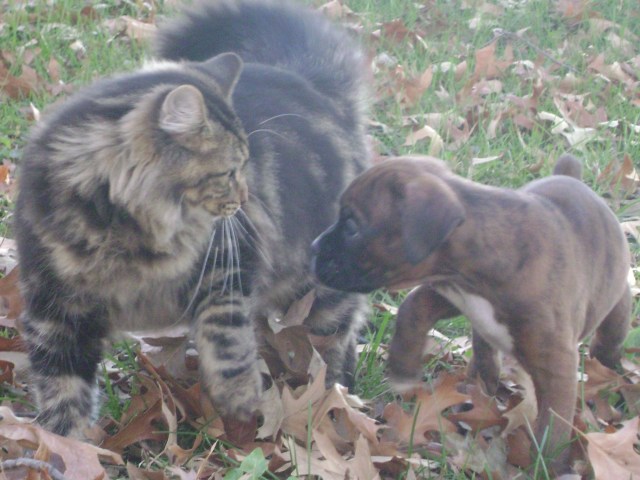 Capone & Rascal
Capone & Rascal
Help! My seven week old male boxer, Capone, seems to have little instinct to come to people. He's friendly and likes to be in the same room with us and play. I've even taught him to sit, laydown, and then sit-up again in only one week. The problem is that he doesn't come when called. Ever. We make kissy noises, bend down, clap, raise the pitch of our voices, use treats. He's just very unresponsive. He just sits feet away and stares at us as if to say, "You can keep making a fool out of yourself; I'm never going to come." What can I do? Should I be concerned? Is this normal for a seven week old dog? Is this going to complicate his traingin? All dogs I've ever had have had a strong intinct to come to people no matter what. I've never had a boxer though. Thank you so much!
Answer"Come" needs to be taught as part of proper pack status and obedience. The dogs see all the people and dogs in the household as a pack with each having their own rank in the pack and a top dog. Life is much easier if the 2 legged pack members outrank the 4 legged ones. You can learn to play the role of top dog by reading some books or going to a good obedience class. Start at http://www.dogsbestfriend.com/
If you dog is at least 4 - 5 months old, start with a good 6' leather leash and a sturdy slip collar, the metal chain ones with the rings on each end. You want the shortest one that will go on and off easily. If you walk with the dog on the left, pull the chain through one loop forming a "P". Facing it, slip it over its head. The free end should come over the neck to the leash, and the other end should drop slack when there is no pull on the leash. Before 4 months use a conventional flat collar to protect the tender young neck.
With the dog at the end of the leash, call its name and "Come" in a firm voice. If it comes, praise it lavishly and pet it. If it doesn't come, repeat the command and give the leash a light snap. Keep it up with firmer leash snaps until the dog does come. Do not forget the praise. Then switch to a longer leash or rope, about 25'. When it comes well on the longer leash, you should be able to go to off leash in a fenced area, etc. Once the dog is doing well, introduce come, treat. This is for emergencies only when the dog has gotten loose accidentally. Use it routinely and you will have nothing to fall back on when your dog is headed for a busy street. "Name, come treat!" is little different from the regular "Name, come!", except the dog gets a great treat when it comes. We are talking a hot dog, cheese, etc. much better than any treat you use routinely.
Relying on come to control most dogs loose outside is risky, and I do not recommend it. Dogs are individuals. Some can be trained to come when you have no way to enforce it, but some will never be completely reliable even for the most experienced trainers.


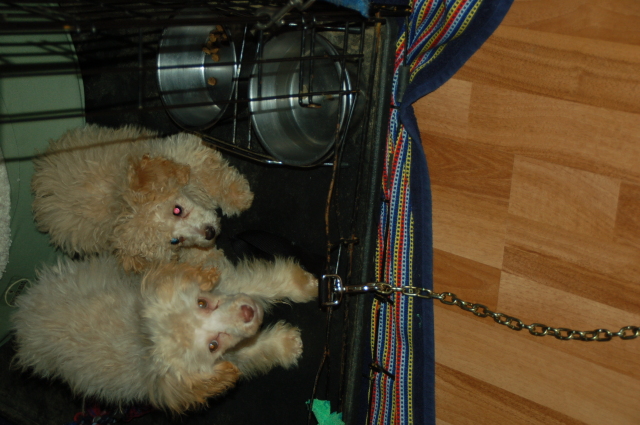 puppy behavior
Question
Cooper and Guy
Hi, thanks so much for reading
puppy behavior
Question
Cooper and Guy
Hi, thanks so much for reading
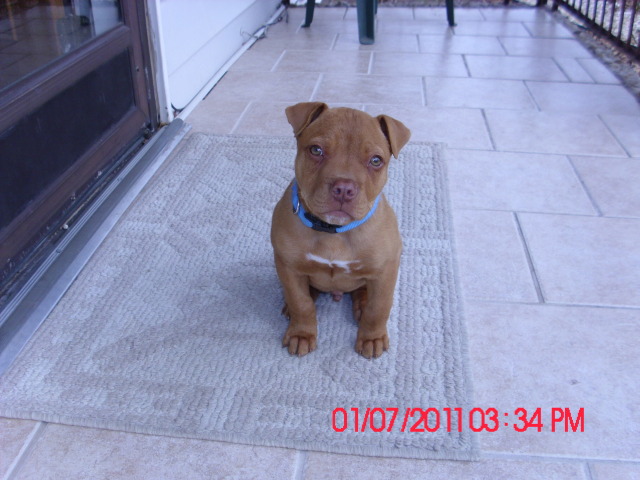 puppy medical concerns
Question
Rusty
my 11 week old red nose pit bull at time
puppy medical concerns
Question
Rusty
my 11 week old red nose pit bull at time
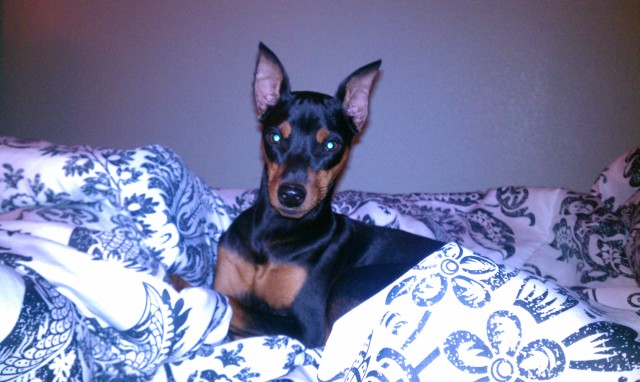 My miniature pinscher :)
Question
Chanel
I had a miniature pinscher of 8
My miniature pinscher :)
Question
Chanel
I had a miniature pinscher of 8
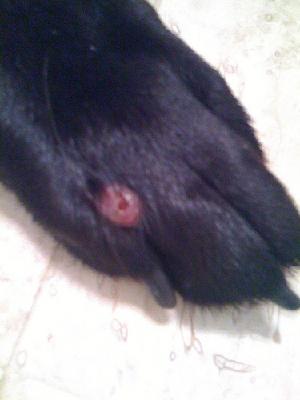 Redish bump between dogs toes
QuestionHello I have a three year old Australian Shephe
Redish bump between dogs toes
QuestionHello I have a three year old Australian Shephe
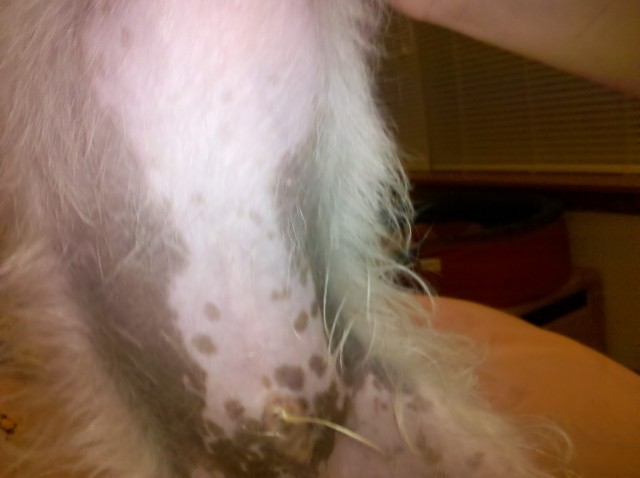 Maltipoo skin color
Question
Cooper
Hello, our family recently found
Maltipoo skin color
Question
Cooper
Hello, our family recently found